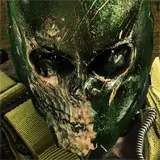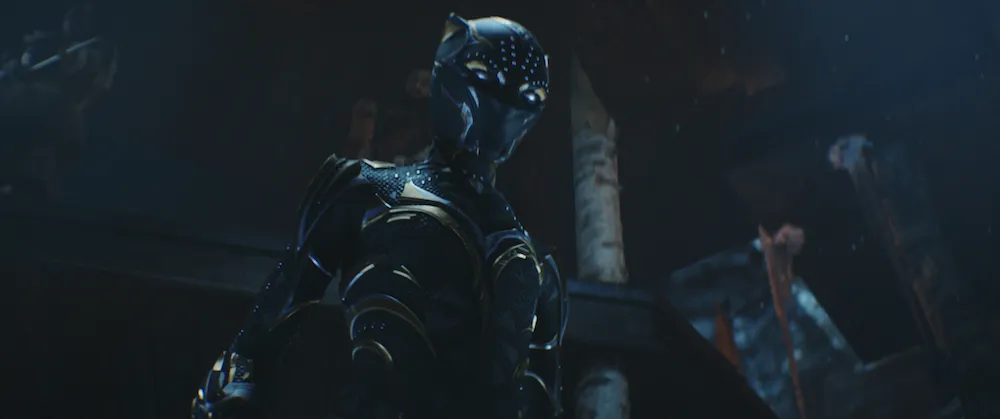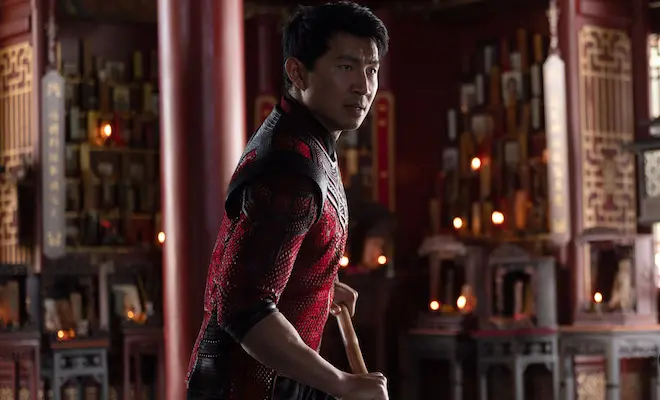 The original Army of Two arrived on PS3 and Xbox 360 in 2008 and was marketed by EA as their next big franchise spawned from a new intellectual property developed internally. Rather than fire up gamers and leave them begging for more, its arrival was met with equal parts praise and criticism stemming from annoying protagonists, sketchy AI and questionable morals in its settings and objectives. Sales were good – great even – but EA Montreal had their work cut out for them when approaching a sequel to take the franchise to the next level.
The original Army of Two arrived on PS3 and Xbox 360 in 2008 and was marketed by EA as their next big franchise spawned from a new intellectual property developed internally. Rather than fire up gamers and leave them begging for more, its arrival was met with equal parts praise and criticism stemming from annoying protagonists, sketchy AI and questionable morals in its settings and objectives. Sales were good – great even – but EA Montreal had their work cut out for them when approaching a sequel to take the franchise to the next level.
That sequel, The 40th Day, sees the return of wisecracking private military contractors Salem and Rios in their signature gear and high-tech hockey-style masks. This time the pair is thankfully far less cocky and chatty and has been firmly planted in Shanghai, China rather than globetrotting to multiple exotic and not-so locations. Within minutes of the first mission set on the city streets, missile attacks commence that topple buildings left and right in beautifully animated in-game engine sequences and turn a once majestic skyline into a twisted metal and concrete wasteland. From the ashes comes scores of soldiers that Salem and Rios will spend a few hours following a linear path to cleanse a variety of locations within the city of in hopes of determining who is behind the attacks, and why.
As with the original Army of Two, the heart and soul of The 40th Day is the unique Aggro system that defines the franchise. In this system, a bar appears on the top of the screen that indicates which of the two players is taking the most heat from enemy soldiers. The smart way to play is to deliberately and consistently use one player to draw fire while the other flanks the enemy for easy target practice-like kills while they are distracted. The tactic worked well in the original and is equally effective in The 40th Day whether playing on the easier or hardest difficulty levels.
The 40th Day is built around a two-player cooperative experience whether playing split-screen or online, but there also is a fairly competent AI option for either Salem or Rios that adds more of a “squad” feel to the proceedings. The D-pad is used to issue Advance, Regroup or Hold commands to which your AI counterpart follows without argument. Within those commands, you can select Cautious or Aggressive to toggle between the other player only shooting when attacked or rushing the enemy John Rambo style. After testing the first chapter on easy and hard difficulty settings, issuing commands and strategizing when facing a large number of soldiers is more pivotal to campaign brevity on the latter.
On the other end of the spectrum is the enemy AI that shows improvement over the original’s moronic tendencies but could still use some polish on the edges. Optionally approaching optional hostage situations gives you the option to either tag enemies and shoot first and ask questions later or grab the nearest soldier and force his pal or pals to the floor. Even though the back of the nearest soldier may be near you, sometimes the others are almost staring right at you and make no move as you waltz into the room. Other times Salem or Rios will speak out loud during the approach and the soldiers turn a deaf ear to the banter.
Enemies are competent during combat especially on the harder difficulty setting. Most of the time, they take cover when shot at and will make an effort to flank your position when you are holed up behind cover. They fall a little too easily from a sniper rifle shot regardless of where it hits, and the heavily armored “bosses” have blatantly obvious weak spots easy to exploit using the Aggro system to get a clean look. Their biggest annoyance is the lack of variation as you feel like you are shooting the same drones countless times from chapter to chapter.
Hiding from enemies could be a lot easier if your player consistently took cover when slamming into a wall as they do in Gears of War. They don’t, which can lead to taking a lot of unnecessary hits when you think you should slide behind a wall and end up standing there like a fool. Once behind cover the system is far more forgiving and useful in offering a click of the right thumbstick to switch between left and right views. This is an especially cool feature when behind “thin” cover as you can quickly switch back-and-forth between shooting out either side.
Some new elements have been interspersed with combat with the intent and minimal success of adding a little more variety and drama. False surrenders are fun the first couple times as you kneel to the ground with your hands behind your head, then whip out a gun and try to shoot all the soldiers in the room in super-slow motion before they can call for backup. There are potential firepower rewards for success, but the process quickly becomes more monotonous than worth the time and effort. The game also offers up “fork in the road” morality choices that promise to affect future events. All they really do is fire up graphic comic book-style panes that show the consequences of your actions, none of which will make you feel all warm and fuzzy.
Weapon customization is back in The 40th Day and is as deep as you would expect it to be. Every weapon can be upgraded in multiple levels to increase its effectiveness, Aggro attraction ability or how much ammunition it can hold. This extends to grenades as well as you can potentially carry more of them a few chapters in than when you start the game. Accessing the customization screens is performed in-game at any time other than the thick of battle, a great help if you find yourself loaded with cash to customize and stuck in front of a hard spot. But the multi-level menus are a bit clunky, overly complicated and take some getting used to before you can pop on that silencer without feeling like you left the game for a considerable amount of time.
Online wraps itself around the concept of cooperative play with four newly designed modes. Deathmatch takes the unique approach of allowing up to six teams of two to battle against one another. Extraction puts up to four players fight cooperatively against countless waves of enemies in different locales around Shanghai. Warzone is a more straightforward objective-based mode with two teams of six while Control is, as expected, about similar teams reaching and controlling points on a map. Each mode is entertaining enough to play, but there are better multiplayer experiences to be had in any number of top tier first-person shooters currently available on Xbox 360 or PS3.
Army of Two: The 40th Day successfully builds upon its predecessors mistakes but still falls short of being the exceptional game it could and should be. The ongoing destruction of Shanghai and atmospheric visuals in general are strong making plowing through the campaign worth the time, even if that time is up far too soon. Decent yet unremarkable online options and no real reason to return to the campaign other than search for a short list of collectibles translate to a game that will be in and out of your console within a single weekend at most.
– Dan Bradley
Shop for Army of Two: The 40th Day at a discounted price from Amazon.com.


